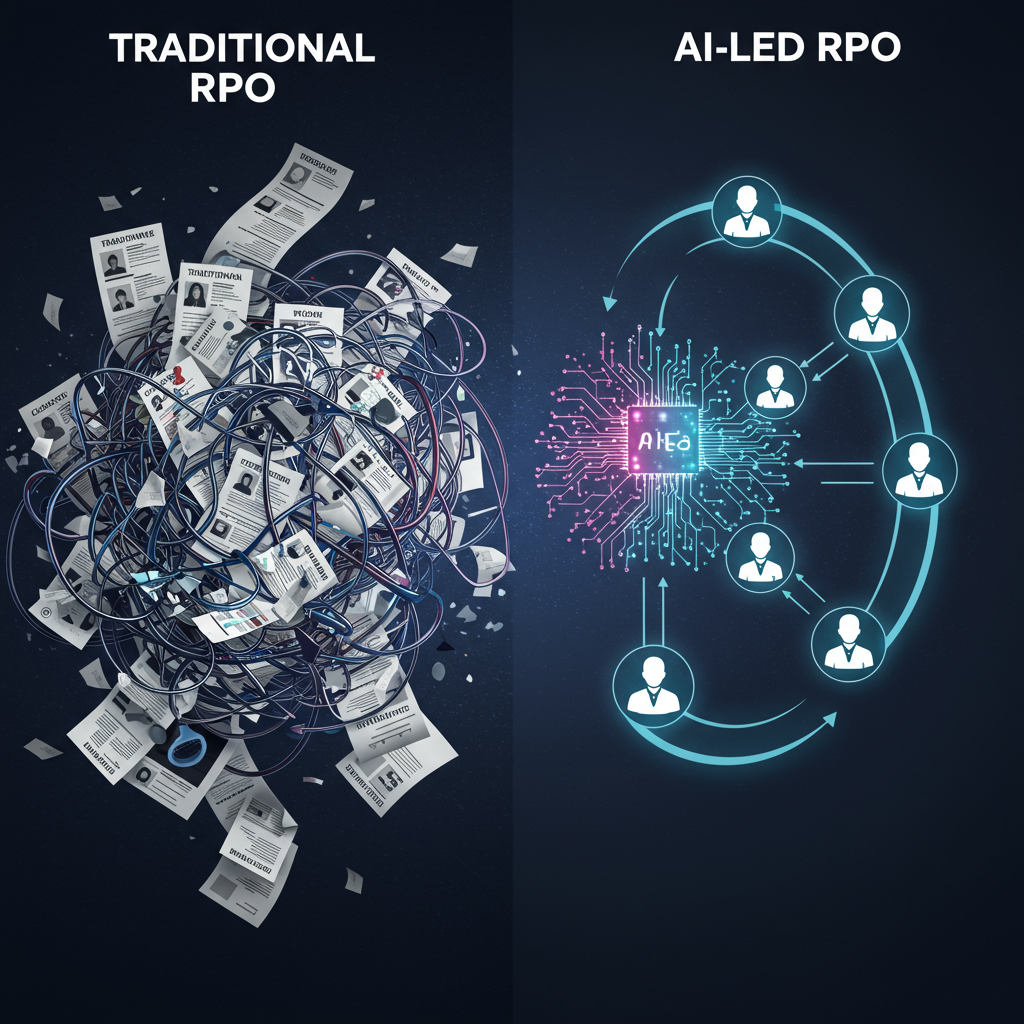4 Reasons why companies have low performing recruitment agencies

Enterprises rely on a pool of recruitment agencies and staffing companies to fulfill their talent needs. While hiring through agencies is advantageous, many companies find themselves working with a large number of low-performing agencies that fail to deliver the desired results. As in many other situations, the Pareto principle applies here, with a majority of open positions being filled by a relatively small number of agencies leading to a long tail of low-performing agencies. Companies cannot wish away the long tail since, at times, these agencies do fill important positions. However, the sporadic nature of their performance creates a lot of uncertainty in the minds of the enterprise recruiter who has little idea of what to expect from the long tail.
In this blog, we will explore four key reasons why companies often have a large volume of low-performing recruitment agencies and the importance of engaging a vendor-neutral VMS
Information asymmetry is a significant contributing factor to the prevalence of low-performing recruitment agencies in companies. Some vendors tend to get preferential treatment, in that, they receive better quality and timely information about the requirements of a job than others. This creates an uneven playing field and puts the lesser preferred recruitment agencies at a disadvantage. In such situations, the more informed agencies tend to submit better quality resumes than others, leading to a discrepancy in the quality of candidates being presented.
To address the issue of information asymmetry, companies must take steps to ensure that all recruitment agencies have equal access to job requirements and candidate feedback. This may involve establishing clear communication channels with agencies, defining expectations and performance metrics, and utilizing advanced monitoring tools to measure agency performance. A culture of transparency and collaboration can go a long way in fostering productive partnerships between companies and their recruitment agencies.
Communication between enterprise recruiters and recruitment agencies happens through different channels the primary ones being emails, phone calls, and text messages. These channels are disparate and fragmented often leading to communication breakdown which in turn leads to the information asymmetry discussed above. Companies should establish clear lines of communication with their recruitment agencies and set expectations from the start. This will help ensure that both parties are on the same page and that everyone knows what is expected of them.
Metrics such as time-to-fill, resume shortlist ratio, and agency responsiveness are crucial indicators of agency performance. By tracking these metrics and regularly reviewing performance, companies can make informed decisions about which agencies to continue working with and which ones to replace. While some MSP/VMS programs offer this as a service, there is a dearth of digital tools to measure and monitor agency performance forcing companies to rely on traditional methods to track performance.
To address the lack of tools to monitor agency performance, companies can implement VMS and ATS with reporting capabilities. Establish Service Level Agreements (SLAs) with agencies for clear expectations. Regularly review performance using metrics like time-to-fill and resume shortlist ratio. Leverage available technologies and data analytics to enhance monitoring and decision-making.
No matter how much a recruitment agency claims to be a “Jack of all”, they tend to have their own strengths and weaknesses. Some may specialize in specific industries or job functions, while others may have expertise in a particular geographic region. Companies that fail to segment their recruitment agencies based on strengths and competencies may end up working with low-performing agencies that lack the necessary expertise to fill roles. By segmenting agencies based on competencies, companies can ensure that they are working with agencies that have the right experience and knowledge to meet their specific hiring needs.
Businesses aspiring to stay competitive are increasingly focusing on choosing the right vendor management system (VMS) as a way to improve agency performance and operational efficiency, reduce costs, and streamline their end-to-end hiring process.
Today, all Managed Service Providers (MSPs) rely on Vendor Management Systems (VMS), to streamline engagements between enterprises and agencies. However, one of the key drawbacks of MSP/VMS programs is the lack of vendor neutrality. MSPs also function as staffing agencies at the back end, leading to a potential conflict of interest as they prioritize filling open requisitions with their own candidates. This results in a lack of fairness and transparency and potentially disadvantages all stakeholders in the value chain viz., enterprises, vendors, and candidates.
CBREX’s new-age cloud-based VMS is vendor-neutral. It creates a level playing field for all agencies while keeping the interests of its enterprise customers paramount. The platform nature of the CBREX VMS enables enterprises to quickly move all their existing recruitment agencies and engage with them digitally. Enterprises can also choose to work with more than 4000 agencies and staffing firms already registered on the platform. A key advantage existing agencies bring is that they are specialists and their ratings are available on the platform. Agency analytics, real-time feedback, and rating mechanism available on the platform increases transparency and helps enterprises to hire better quality talent 3x faster and at costs that are 30-70% lower.








